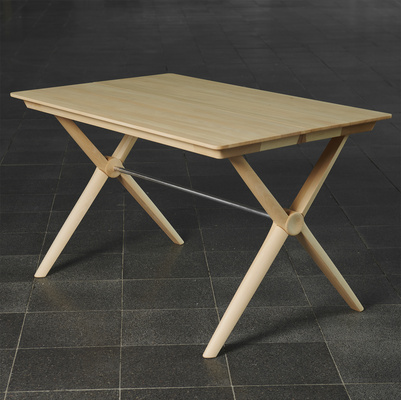The textile industry faces major challenges in becoming more climate-friendly due to a large water consumption, CO2 consumption and use of toxic chemicals. For my graduation project, I have therefore examined, how bacterial dye can be used in an industrial textile company, the textile company Gabriel, as a climate-friendly alternative to the synthetic dyes normally used.
I used my graduation project to investigate, as a designer, the opportunities I see in bacteria dye. I designed via what I called a three-step-scenario.
The present scenario (scenario 1) is based on the dye colors I produced exclusively with bacteria dye.
The 1-2 years scenario (scenario 2) is based on the previous scenario, but I also investigated how the bacteria colors would look like, if it were intensified; for that, I mixed bacteria dye with bafixan dye (a synthetic disperse dye).
The up to 5 years scenario (scenario 3) is based on the two previous scenarios, but I added colors from the Ittens twelve-spectrum color circle, so I could imagine having all colors available to dye with bacteria.
I used colors I created in each of the three scenarios to design different color combinations for my final textile design, which consists of a woven polyester textile in 36 different colorways – 12 colorways in each scenario.



















